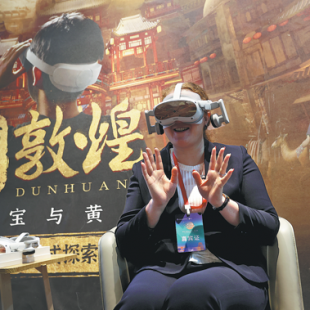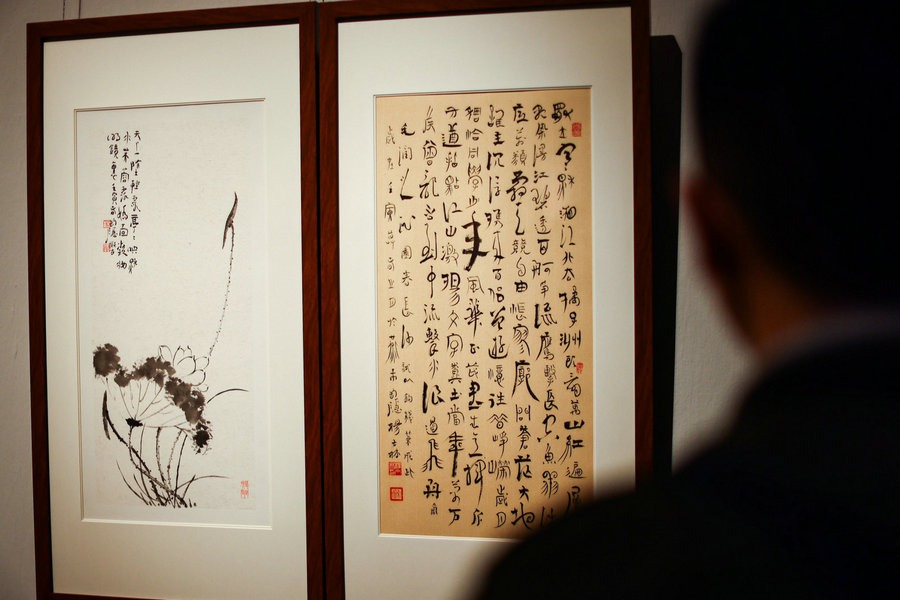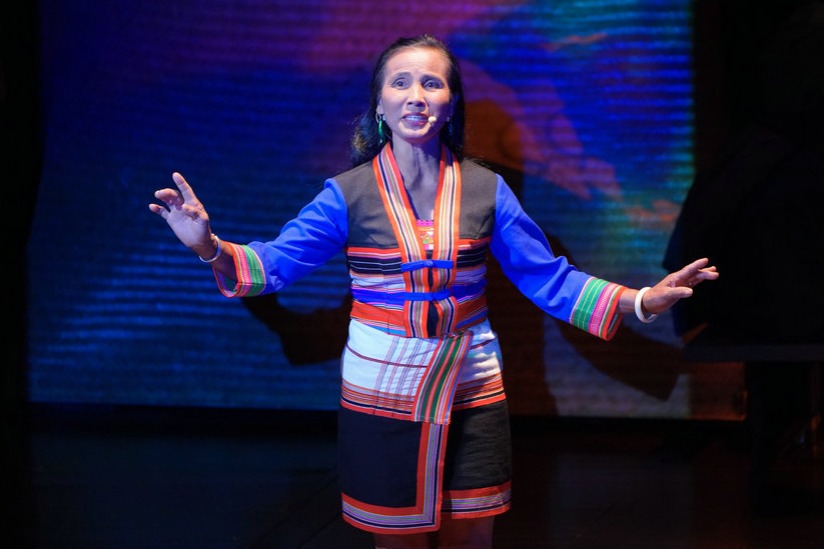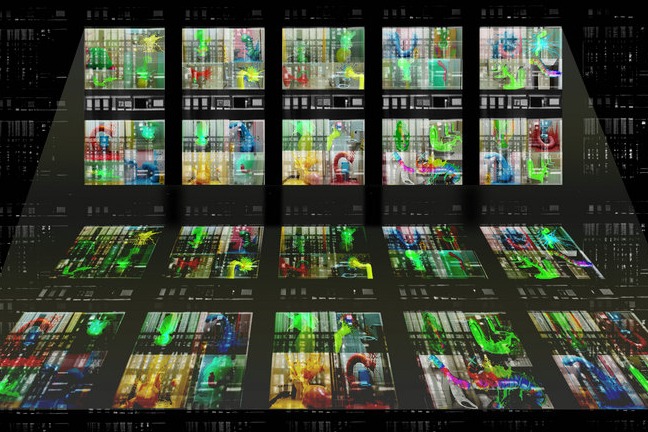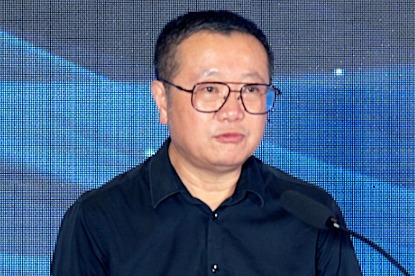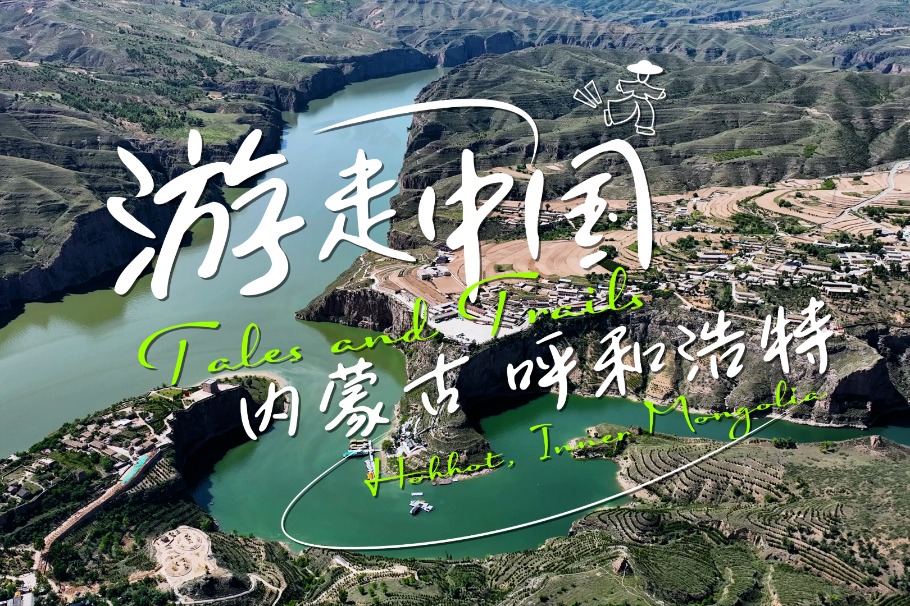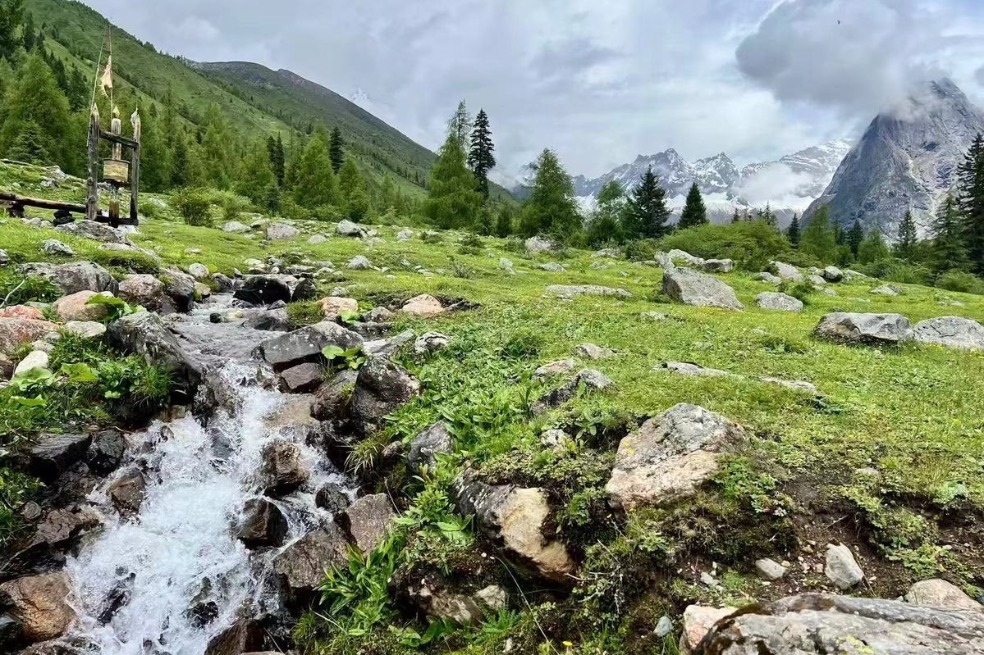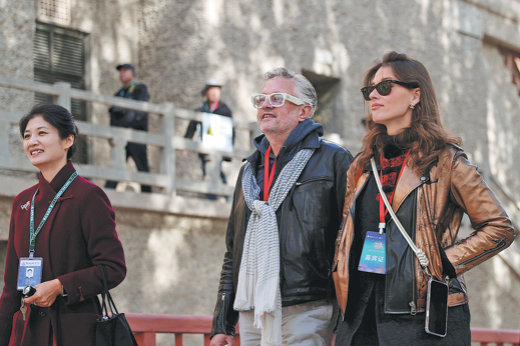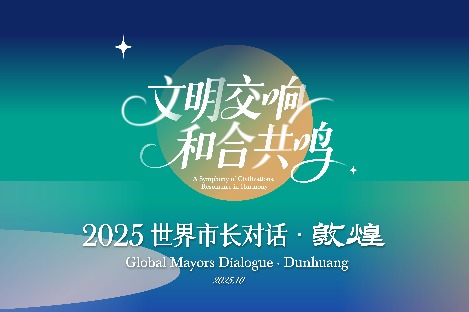Preservation through digitalization
Online platforms help safeguard ancient relics of the Mogao Caves and give tourists and researchers better access to learn about and study their magnificent history, report Xu Lin and Ma Jingna in Dunhuang, Gansu.

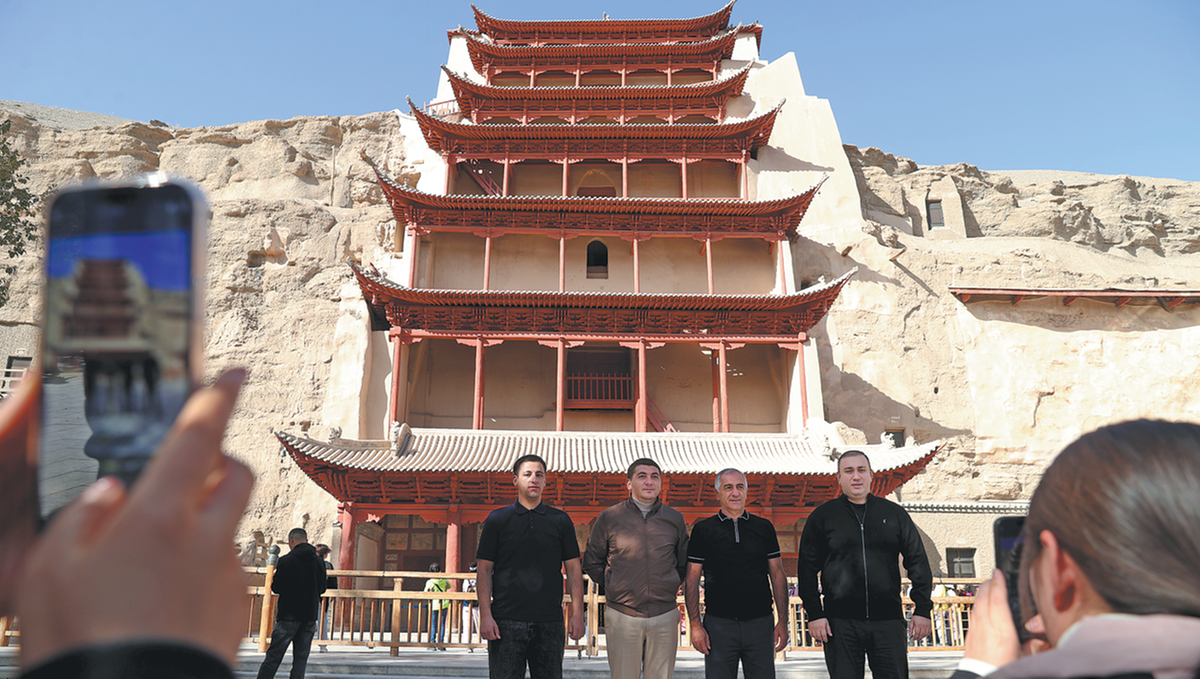 Overseas participants of the 2025 "Global Mayors Dialogue ? Dunhuang" visit the Mogao Caves on Sunday. CHEN ZEBING/CHINA DAILY
Overseas participants of the 2025 "Global Mayors Dialogue ? Dunhuang" visit the Mogao Caves on Sunday. CHEN ZEBING/CHINA DAILY
Thanks to the Digital Dunhuang project launched in 2016, netizens around the world can view the exquisite sculptures and murals in 30 Mogao caves online.
Additionally, the Digital Library Cave platform developed by Dunhuang Academy allows people, particularly Dunhuang studies scholars, such as Olga Pronkina, to browse digital copies of an extensive collection of documents, religious scriptures and images, including those dispersed overseas.
"I had to visit different libraries to read books and to study about Dunhuang. The digitalization enables me to access these precious materials from my study whenever I want," says Pronkina, a Russian professor at the Gansu University of Political Science and Law.
In Cave 158, a Tang Dynasty (618-907) mural vividly showcases rulers of the western regions of ancient China and Central Asia in various facial expressions and costumes.
"The mural shows that cross-cultural, people-to-people exchanges took place in Dunhuang for centuries. It's not merely a relic of the past but a living tradition we can still witness today. Therefore, fostering such interaction is more indispensable than ever."
She says that it's essential to expand the scope of Dunhuang studies. "I'm conducting research in the archaeology of Central Asian countries. The study reveals commonalities between the cultural artifacts of these countries and Dunhuang's murals, such as their themes."


